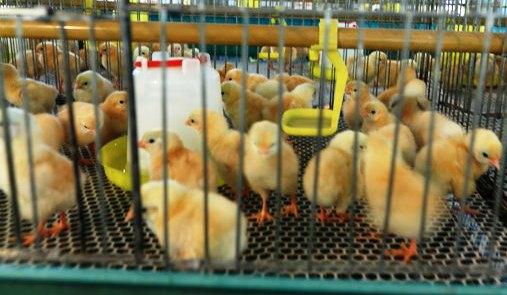
Farmers can avert drastic and immediate death of day-old chicks soon after introducing them into the new brooders by offering clean water and ensuring the temperature is kept within the required range.
A few days to the end of brooding period, chicks absorb all liquid in the egg. The moisture would keep them going until they get water after hatching.
Mary Njeri, the owner of Poultry Farm Hatchery said chicks can be vaccinated and all other pre-transportation arrangements made but dehydration and new environment shock can lead to losses of the chicks.
READ ALSO: Liquid paraffin helps day-old chick on first feeding
The poultry rearing and incubation expert said it is not easy to tell when the chicks need water for instance. But ferrying them can lead to reduced water in the system, therefore, affecting normal body functions.
“Temperature on arrival must be between 32 degrees Celsius and 34 degrees Celsius. Water is necessary before they start feeding. Sufficient clean water must be provided as one of the way of making the brooder friendly,” she said.
READ ALSO: What to consider while buying one day old chicks
Chicks are delicate, she says. Overcrowded brooders also present stressful moments for the new chicks, which affects development as they adapt to the new environment.
A spacing of 25 chicks per square metre is recommended for the layers. Twenty broiler chicks can cover one metre square space.
Depending on the type of heat source being used, 1,000 chicks would be comfortable with a hover while 200 would be stress free with one infrared bulb.
READ ALSO: Liquid paraffin helps day-old chick on first feeding
Chicks crowding at the source of heat indicate that the brooder is cold while moving to the periphery means it is too hot.
Forming a pyramid-like file from the centre of heat towards one corner of the brooder signifies drought or strong cold wind.
Contaminated feeds or infection from the hatchery can also cause deaths of such young chicks soon after introduction into the new set of conditions, Mary said.
Besides buying feeds from reognised suppliers, general cleanliness while handling all equipment and disinfecting oneself before entering the rearing region.
















Comments powered by CComment